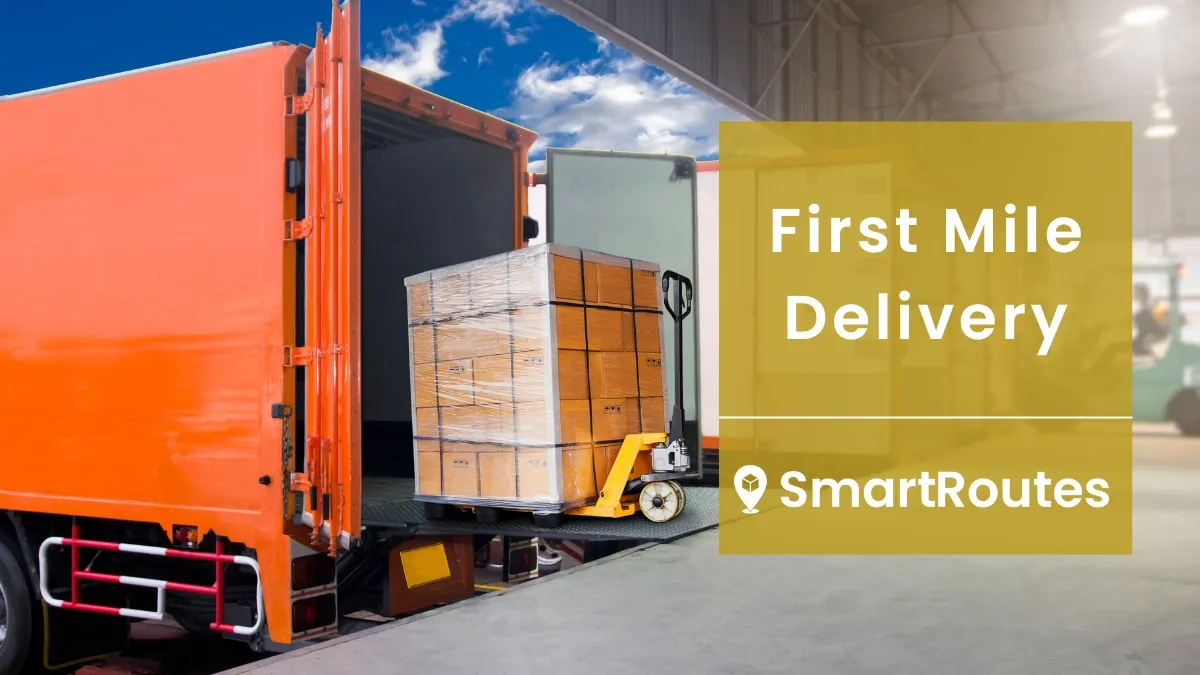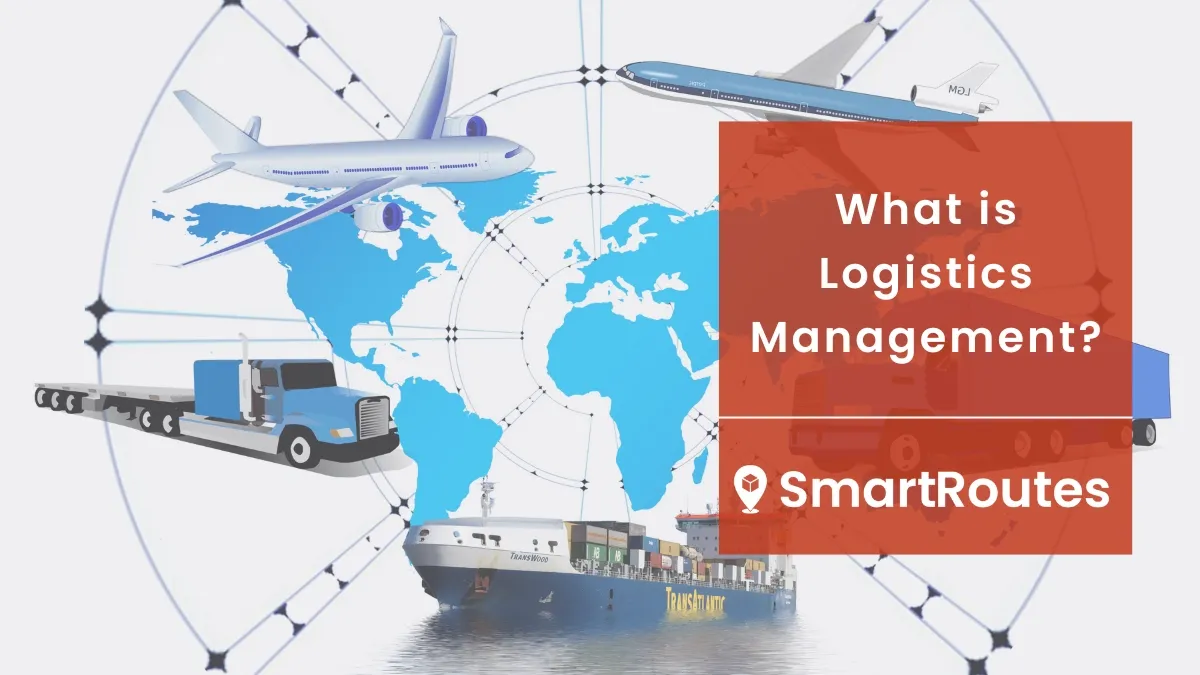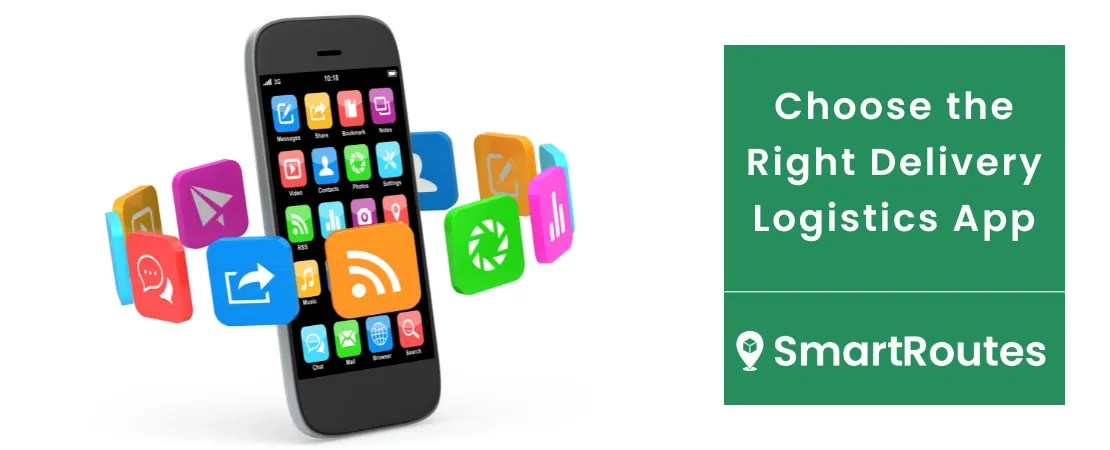Quick Summary
- This guide reviews 12 of the best route planner apps for businesses in 2025
- Each app is compared on pricing, stop limits, features, and ease of use
- Options range from free tools like Google Maps and Apple Maps to advanced delivery software such as SmartRoutes and OptimoRoute
- Choosing the right app depends on your delivery volume, integration needs, and budget
Imagine this: it’s the morning of your busiest delivery day.
Drivers are waiting on instructions, your manager is scrambling with spreadsheets, customers are pinging “where’s my order?” messages…
Without a solid logistics delivery app, your operation can feel chaotic.
A delivery logistics app brings order: it offers route planning, real-time tracking, proof of delivery, and customer notifications.
Whether you run a small local courier or a growing eCommerce business, this kind of software can reduce costs, improve customer experience, and make your team look more professional.
In this post, we’ll walk through what to look for, compare five top solutions, and help you pick the best fit for your last mile delivery logistics operations.
Features You Should Look for in a Delivery Logistics App
Below are the must-have features (and bonus ones) your delivery logistics platform should support:
- Route optimization and route planning: intelligently sequence delivery routes, avoid backtracking and factor in time windows.
- Real-time tracking & visibility: monitor driver locations live and make adjustments on the fly.
- Proof of delivery (POD): photo, signature, barcode, or e-signature capture.
- Driver mobile app: interface for drivers to see tasks, navigate, mark drop-offs.
- Customer notifications & tracking: SMS/email updates and tracking portal for customers.
- Integration with existing systems: API support, connect with CRM, ERP, and order management systems.
- Analytics and reporting: insights into delivery times, delay causes, and driver performance.
These features help reduce manual work, minimize errors, and create a smoother experience for drivers and customers alike.
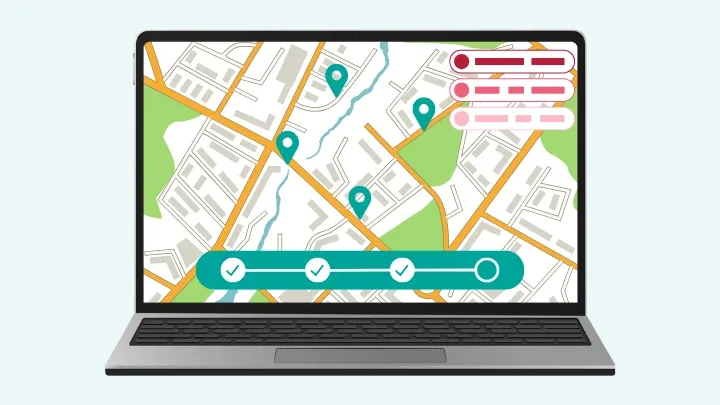
Comparison: Top 5 Delivery Logistics Apps
Here we compare each app in more depth, covering strengths, trade-offs, and what kinds of businesses each suits best.
1. SmartRoutes
SmartRoutes is a logistics routing software designed for businesses that want one platform to manage routing, dispatch, driver tracking, proof of delivery, and customer communication.
It’s especially strong for teams transitioning from spreadsheets or manual processes into structured delivery operations.
Whether you're handling last-mile drops, scheduled routes, or recurring deliveries, SmartRoutes keeps managers, drivers, and customers in sync from a single dashboard.
You can start from €29 per vehicle per month for the Basic plan, and scale to Essentials or Premium tiers.
Strengths
- Clear pricing per vehicle rather than task-based surprises
- Good balance of features: route optimization, proof of delivery, real-time tracking, and customer notifications
- Drivers can log vehicle checks and performance metrics
- Scalability without overly complex add-ons
Trade-offs/Considerations
- As with any app, the real-world performance depends on how well your data (addresses, time windows) is clean
Who’s it for?: SmartRoutes is ideal for businesses that want a reliable, transparent platform without surprises in pricing or hidden costs.
SmartRoutes Route Planning Software
Streamline your entire delivery process, all from one platform

2. Onfleet
Onfleet is a delivery logistics platform built for businesses that need advanced dispatching, analytics, and customer-facing tracking at scale.
It’s widely adopted by courier networks, grocery brands, and subscription services thanks to its polished interface and automation capabilities.
If your operation relies on high-volume task assignment and coordinated multi-driver schedules, Onfleet delivers strong visibility and reporting across every stop.
Starting at $599/month for 2,500 tasks, then $1,299 for 5,000 tasks, and enterprise pricing beyond that.
Strengths
- Excellent logistics dispatching tools and analytics
- Strong brand reputation, many integrations
- Branded customer tracking pages, clean UX
Trade-offs/Considerations
- The pricing is relatively steep for smaller operations
- The jump between tiers can force you to overpay for unused capacity
- Some users have reported route optimization issues, and limited flexibility when changes are needed mid-route
Who’s it for?: Onfleet is great for operations that already have a volume that justifies its cost and want a polished, scalable solution.
3. Routific
Routific is a logistics delivery solution focused on helping teams cut mileage and increase delivery efficiency without overcomplicating operations.
It’s ideal for small to mid-sized businesses looking for smart dynamic route planning and real-time visibility without committing to heavy enterprise contracts.
With a usage-based pricing option, it suits companies with fluctuating delivery volume or seasonal demand.
Strengths
- Very scalable and flexible pricing
- Strong algorithm for route optimization
- Includes real-time tracking and email notifications
Trade-offs/Considerations
- Some core features like SMS notifications, deep APIs, or advanced analytics may come at extra cost or only in higher tiers
- For very large fleets, per-vehicle or per-order models might scale higher than flat-tier competitors
Who’s it for?: Routific is well suited for businesses that have variable delivery volume and prefer paying in line with usage.
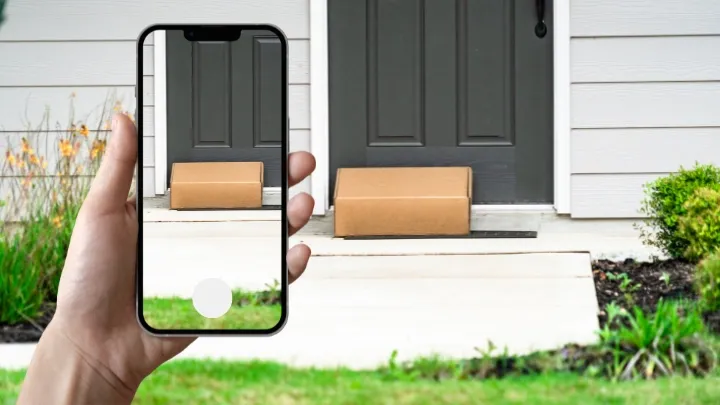
4. Spoke Dispatch( formerly Circuit for Teams)
Spoke Dispatch is a delivery management platform tailored for businesses that handle large numbers of daily drop-offs, from parcel delivery to service providers.
It offers streamlined route planning, driver tracking, and proof of delivery with minimal setup required.
Instead of overwhelming users with complex dashboards, Spoke prioritizes speed and usability, making it easy for drivers and teams to adopt quickly.
Spoke uses a per-stop pricing model.
Strengths
- Transparent pricing tied to actual volume (stops) instead of drivers
- Features included at lower tiers (route optimization, proof of delivery, tracking)
- Good flexibility for businesses that fluctuate in stop counts
Trade-offs / Considerations
- If your routes are heavy with many stops, the marginal cost can add up
- Not always optimal for operations that care more about per-driver than per-stop
Who’s it for?: Spoke is a strong choice for teams with many stops and varying daily route volume.
5. Tookan
Tookan caters to businesses that want to customize their delivery workflows with granular control over features and integrations.
Its modular approach allows teams to add capabilities like route optimization, ETA tracking, or customer notifications as needed. It’s often chosen by companies with unique delivery patterns or niche service requirements that don’t fit rigid software models.
Strengths
- Very modular; good for operations that want to pay for just the features they need
- Wide integration potential
Trade-offs / Considerations
- Because many essential features are add-ons, pricing can become unpredictable
- Some users report reliability or support challenges
Who’s it for?: Tookan is attractive for companies that want deep customization and have careful control of feature sets versus cost.
Start Using a Delivery Logistics App That Actually Simplifies Operations
Choosing a delivery logistics app is about balancing cost, features, and fit.
If you run a small-to-medium operation, you’ll likely prefer an app with transparent per-vehicle pricing, essential features included, and room to scale without surprises. SmartRoutes fits that sweet spot.
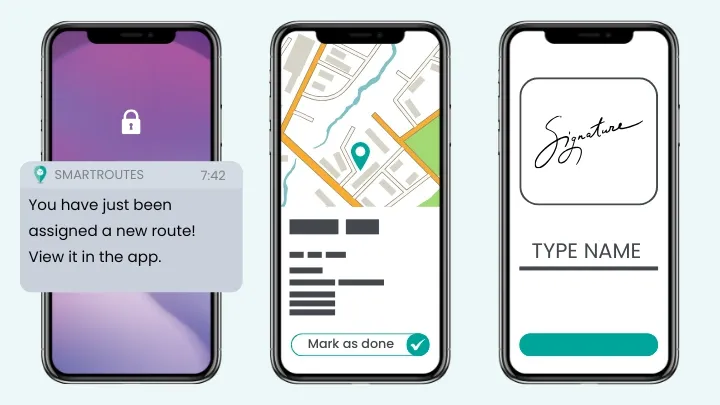
Start small, test key features, and then scale up. Want to try before you commit? Sign up for SmartRoutes (free trial available) and see how it works in your delivery operations.
FAQ
1. What is a delivery logistics app?
A delivery logistics app is software (often cloud- or mobile-based) that manages deliveries end-to-end: planning routes, assigning drivers, tracking in real time, capturing proof of delivery, and communicating with customers.
2. How does route optimization help delivery operations?
Route optimization automatically sequences stops, minimizes driving time and distance, respects delivery windows, and avoids backtracking. The result? Fewer vehicles needed, lower fuel costs, and more deliveries per day.
3. What features should a logistics delivery app include?
Key features include route planning, real-time insights, proof of delivery, driver app, customer notifications, dispatching flexibility, analytics, and integration support.
4. What's the difference between a delivery driver app and logistics software?
The driver app is a component that drivers use in the field (to view tasks, navigate, report status). Logistics software is the broader system used by dispatchers and managers to plan routes, assign drivers, monitor performance, and interface with customers.
5. How can delivery logistics platforms improve customer experience?
They can send precise ETAs and real-time tracking links, reduce failed deliveries, provide proof of delivery, and reduce “where’s my order?” inquiries, boosting satisfaction and trust in your service.
If you enjoyed this blog, you might also be interested in:
